Myeloma Treatment Selection: CAR-T Versus Bispecific T-Cell Engagers, Bridging Therapy Options
By Sagar Lonial, MD, FACP, Noopur Raje, MD, Krina Patel, MD, MSc - Last Updated: October 15, 2023A roundtable discussion, moderated by Sagar Lonial, MD, FACP, Blood Cancers Today Editor-in-Chief, of the Winship Cancer Institute at Emory University School of Medicine, focused on the latest updates in CAR T-cell therapy for multiple myeloma. Dr. Lonial was joined by Noopur Raje, MD, and Krina Patel, MD, MSc.
In the next segment of the roundtable series, Drs. Raje and Patel discuss how they decide between CAR-T and bispecifics for their myeloma patients, as well as bridging therapy considerations for CAR-T.
Watch the next segment in this series.
—
Dr. Lonial: You’ve got a patient, generic patient, coming in and you’re trying to make a decision on T-cell engager versus CAR [chimeric antigen receptor]-T. What’s the calculus that’s going on in your mind?
Dr. Raje: Although I’m saying that we would give CAR T cells to everybody, I think one has to really understand and appreciate the logistics of putting a patient through CAR T cells. It is a commitment. They are staying close to where we work. They have to have somebody with them for that first one month. Those are things if a patient is not able to do all of that, then doing the T-cell engager, that patient is perfectly fine, as of right now, we are trying to move T-cell engagers to the outpatient, but we are still doing the first step-up dosing inpatient and then they get it outpatient. But at least they don’t have all of these other restrictions, which CAR T cells do have.
I think CAR T cells, as you pointed out earlier, they’re intensive upfront. Once you’re done with a couple months, then you’re able to … and it depends on where people are in their lives, right? You have to take all of these things into account before making those decisions.
Dr. Patel: Yeah, and I would say that my patients who need something very soon, I know are probably not going to make it to cells. If I have something, if I have a drug I haven’t used that I think they’re going to respond to while I wait, then maybe I’ll still do CAR-T if I have a slot for them. But if they’ve used everything and I think I’d have to use [cyclophosphamide] to get their disease controlled, I’m doing a bispecific, then I don’t want them to not get BCMA therapy, because I do think every patient deserves that chance. Then hopefully, I know this is something you do sometimes, is, well, then maybe you could do CAR-T after that. Again, we need a lot more data in terms of what happens to the T cells, etc. But my goal is to get that patient something, and they could have a great response with the bispecifics too.
Dr. Lonial: Yeah. Let’s talk a little bit about that question around bridging or … Not just bridging, because I think a bridging is what you do between apheresis and infusion, but sort of pre-apheresis, pre-bridging, are there things you do or don’t want to use in that context, and how do you approach it given a perfect world?
Dr. Raje: Don’t use drugs like bendamustine, for sure. Don’t try and collect your T cells very close to, say, high-dose chemotherapy, for example, melphalan, because these are really toxic to your lymphocytes as well. Even if you’re able to collect enough lymphocytes, they’re not going to be that functional.
Outside of that, we’ve used low-dose [cyclophosphamide]; we’ve used everything else. Drugs like daratumumab give them a couple of weeks off. I haven’t done any more than that. But beyond traditional chemotherapy, we can use anything. We are a lot less restricted in what we can use for bridging therapy compared to some of the clinical trials, right? There’s a lot more room to try other stuff.
Dr. Patel: Yeah. I agree. I think before apheresis, I try to use IMiDs, other immunomodulatory drugs (IMiDs). We’ve had some clinical trials with things like IL15 that I know is supposed to make your T cells better. I try to do that and things that don’t kill your T cells, but then after, it really depends on the patient. We do have some real-world data where if you respond to bridging, you’re going to do much better, of course. Those patients really were, as Noopur said, we don’t have restrictions as we do on clinical trials, which lets us use whatever we want. But again, these are really relapsed/refractory patients, so a lot of times, even the newer therapies just don’t work for them.
But that’s where I end up using things like higher-dose [cyclophosphamide] if someone has a lot of disease burden. But I think the big takeaway for that is, as long as you’re not going to increase their risk of infection or cytopenias for the cell infusion, then that’s okay, but those patients tend to have more infections after the CAR-T, so you just have to watch them a little bit more closely.

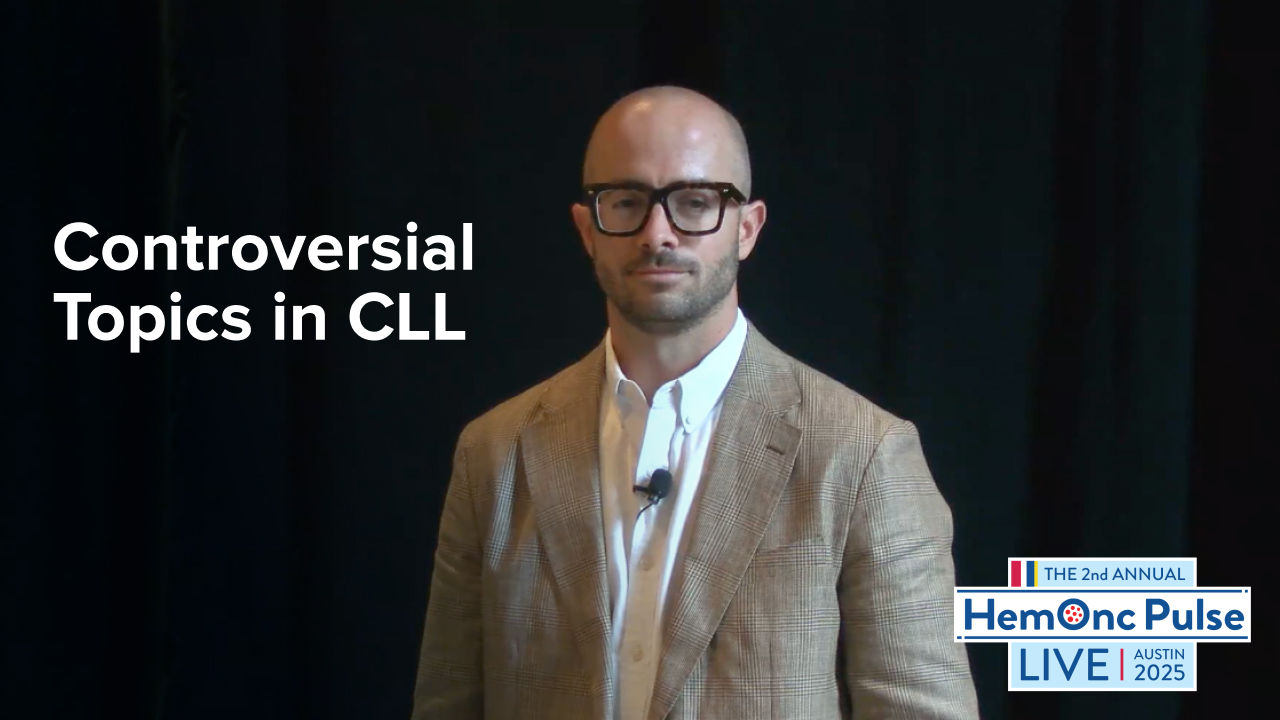
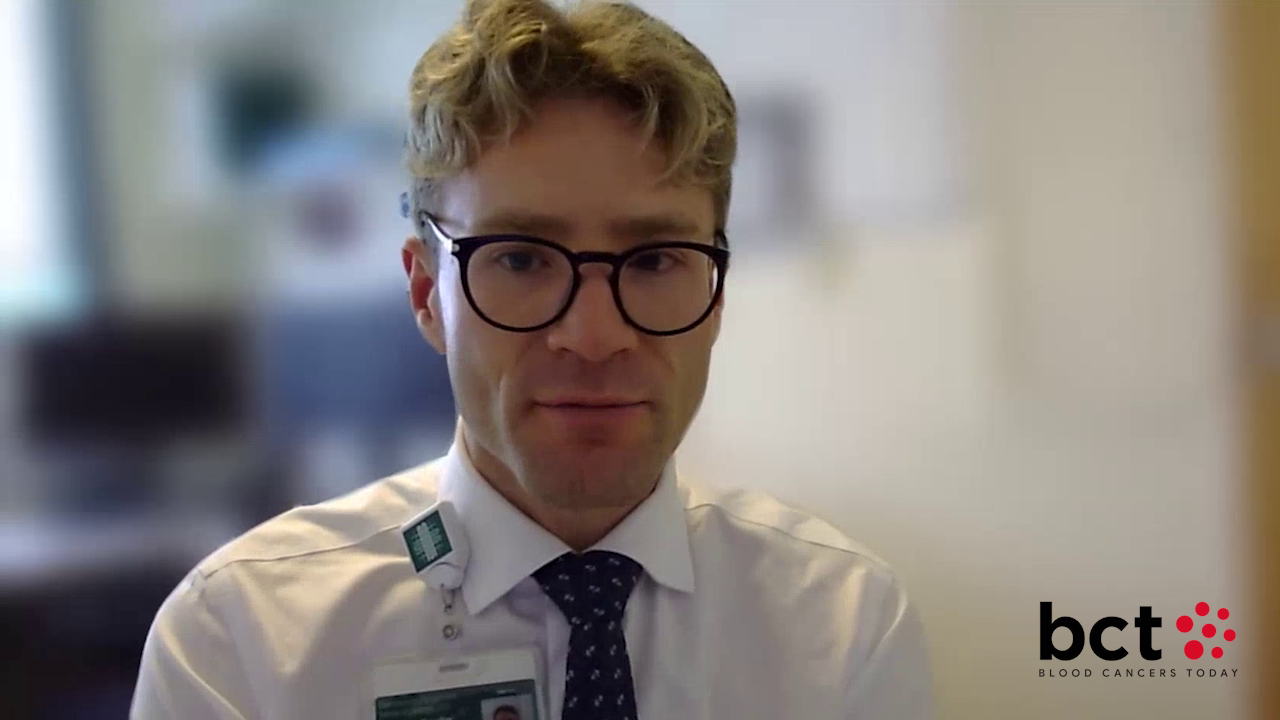
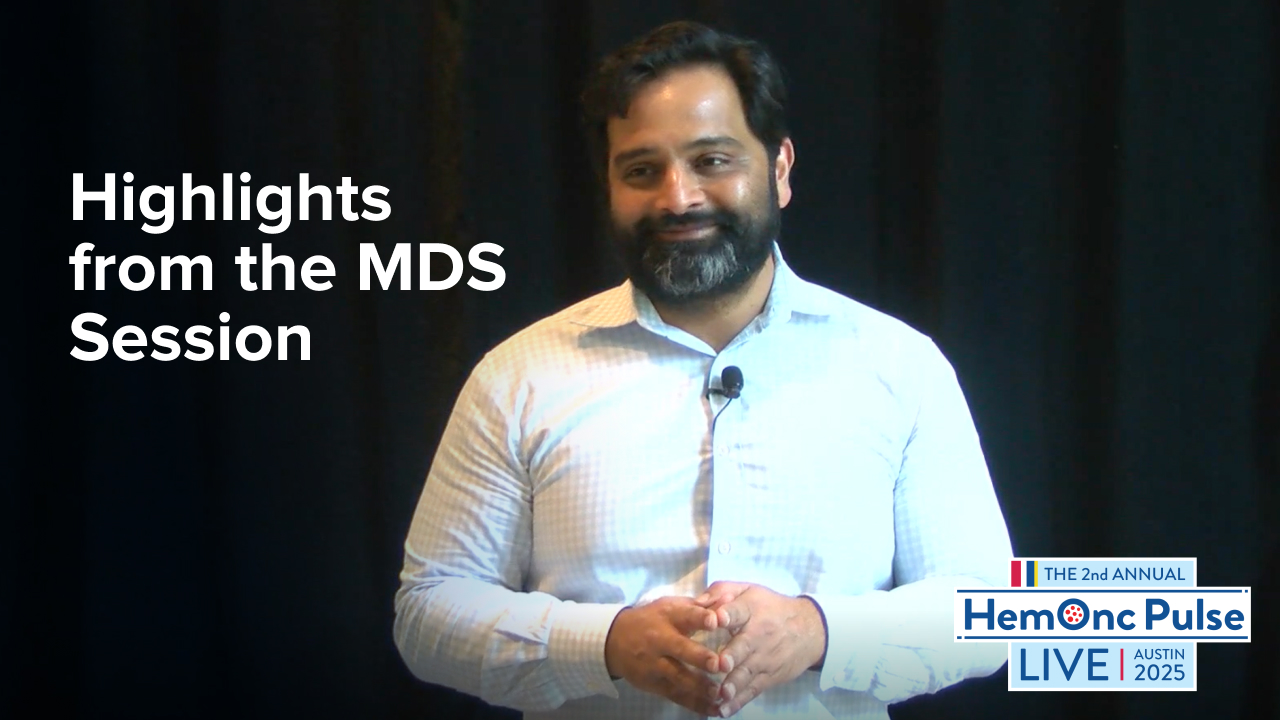
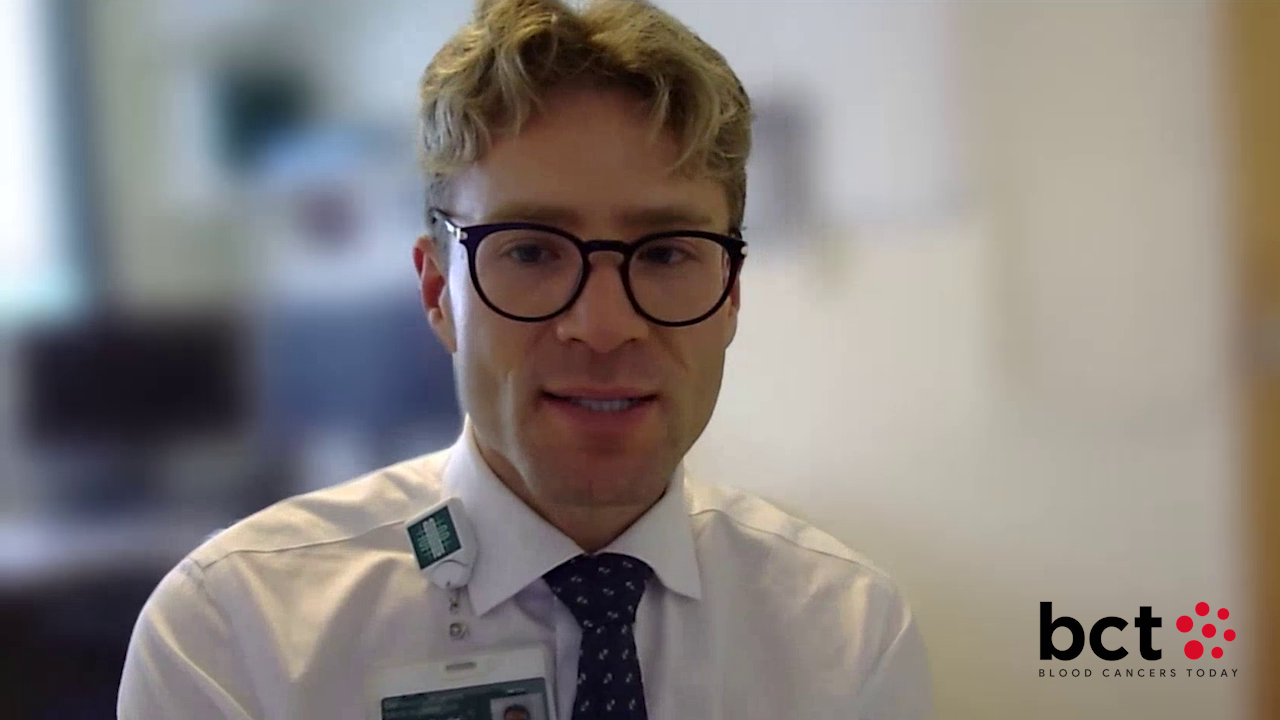
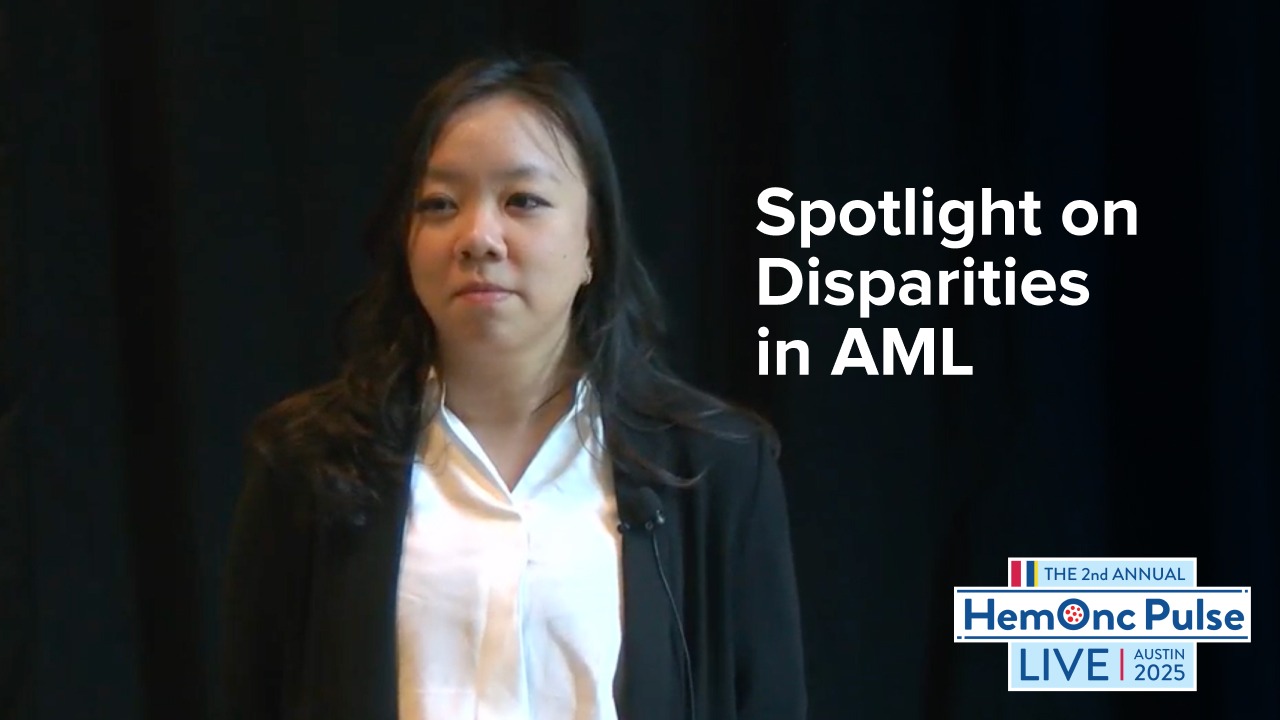
 © 2025 Mashup Media, LLC, a Formedics Property. All Rights Reserved.
© 2025 Mashup Media, LLC, a Formedics Property. All Rights Reserved.